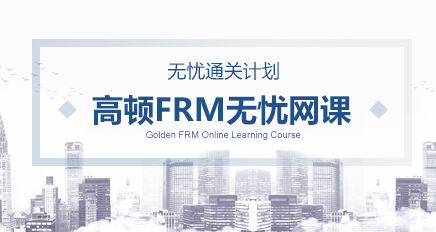E2模拟题参考答案(一)
Question One
Porter suggests that there are four determinants of national competitive advantage, expressing them in the form of a diamond (i.e. Porter's Diamond). The theory helps to explain why some nations can produce firms in particular industries which achieve sustained competitive advantage using sources of advantage that can be substantial and difficult to imitate. He proposed that it is specific industries within nations that seem to be able to use their national backgrounds and conditions to lever world class competitive advantage.
The determinants identified by Porter are home demand conditions, related and supporting industries' firm strategy and structure, and rivalry.
In the scenario case, demand conditions in K Company's home market are important because strong demand in the home market is often the start of international success. Dealing with demanding customers in K Company's home market will help drive innovation and quality. However, there is the possibility that the maturity stage of the product lifecycle may be reached quickly and new buyers more difficult to find at home. Hence, K Company's interest in exploring other market opportunities.
With regard to factor conditions, Porter distinguishes between basic factors which are unsustainable as a source of competitive advantage and advanced factors. It is advanced factors such as Research and Development (R&D) experience and levels of training and skills which are key elements in achieving competitive success in K Company's industry, based on the specialised employee skill set knowledge and expertise in R&D, and manufacturing technologies.
Porter's theory goes on to suggest that a nation's competitive industries are clustered, where a cluster is defined as a linking of industries through relationships which are either vertical (buyer-supplier) or horizontal (common customer, technology skills). In this respect, the availability of local clusters of related and mutually supporting industries can create a source of competitive advantage, so that competitive success in one industry is linked to success in the related industries.
It would seem that K Company may itself have contributed to the development of the success of the machine tool industry in S Country. This would include, for example, the existence of producers of key components essential for the cutting tools manufactured by K Company. Aligned to this, K Company would have access to clusters of industries which provide other key inputs such as specialist steel required in the manufacturing processes and the accumulated knowledge and expertise of workers associated with the precision engineering industry.
Firm strategy, industry structure and rivalry are concerned with the fact that nations are likely to secure competitive advantage in industries that are more culturally suited to their normal management practices and industrial structures. For example, industries in different countries have different time horizons, funding needs, and infrastructures.
If there is little domestic rivalry, organisations may be happy to just rely on home markets, whereas tough domestic rivalry teaches an organisation about competitive success. In conditions where there is fierce domestic rivalry and competition, this will drive innovation, force down costs and develop new methods for competing in an industry. This can, in turn, enhance global competitive advantage. In the case of S Country it would appear that there are other rival companies, including the world leader, competing in the home market and this will encourage firms such as K Company to develop new and better products necessary in order to be successful.
Porter also makes reference to two other factors which can lead a country to produce world-class companies. One relates to the role of government, for instance through providing subsidies to companies, or the emphasis it places on education which can impact positively on the other elements of Porter's Diamond and hence national competitiveness of companies. The role of chance can also change the four determinants.

















